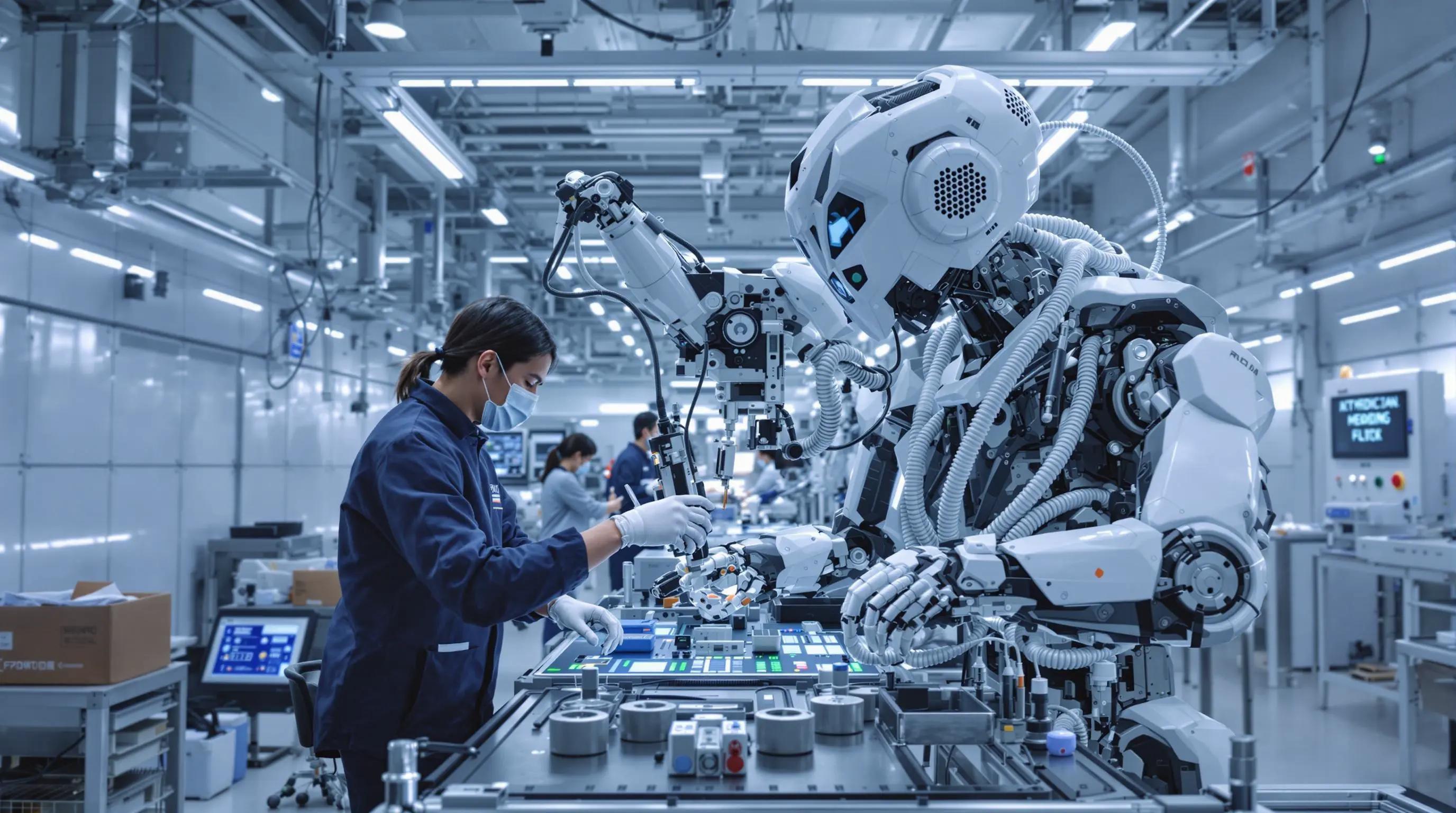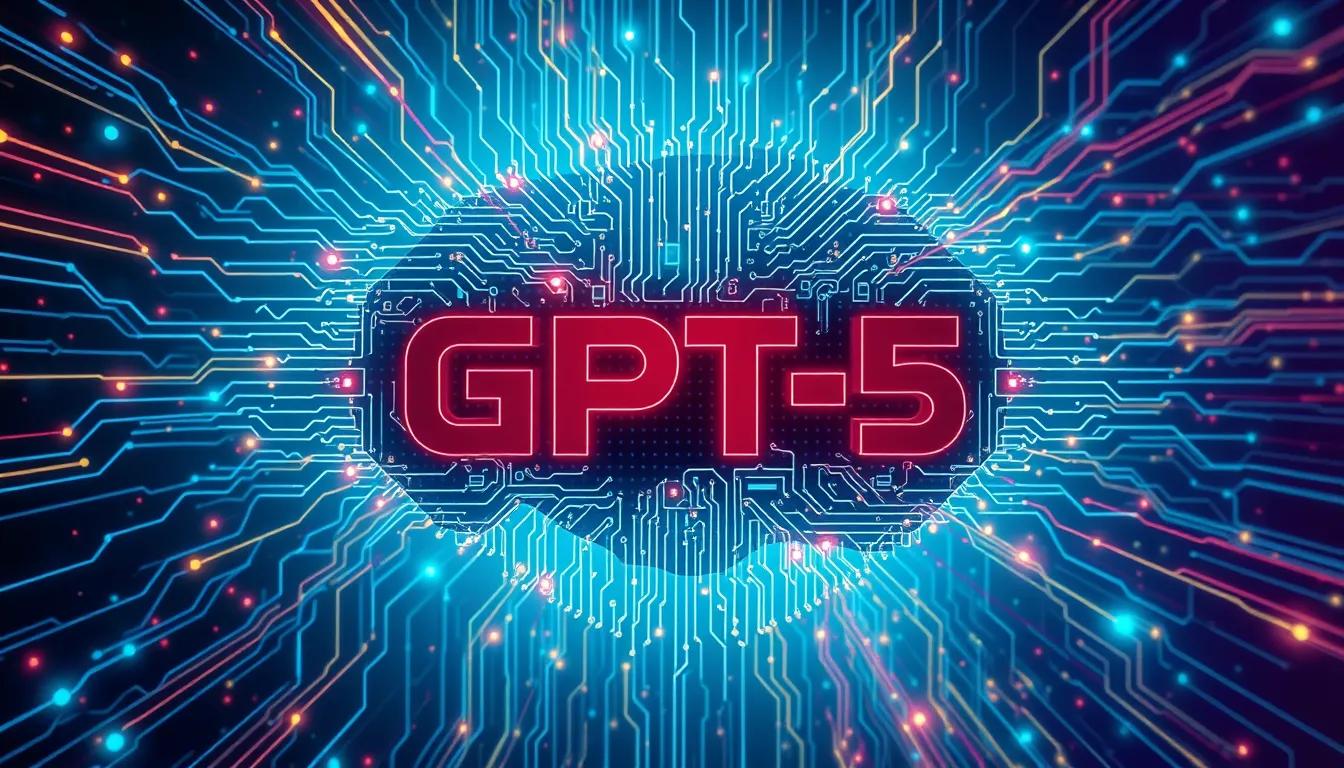May 27, 2024|11 min reading
AI Battery Revolution, New Battery Materials, Battery Technology Advancements

The AI Battery Revolution: Transforming Energy Storage for the Future
The Stagnation in Battery Technology
Unlike most other components of a computer or smartphone, one area that has seen limited improvement over the past decade is battery technology. While there have been significant advancements in terms of recharge speed, the core technology behind batteries has remained largely unchanged. This stagnation has posed a significant challenge, particularly as our reliance on portable devices and electric vehicles continues to grow. However, this could soon change, thanks to new methods for developing materials, notably driven by artificial intelligence (AI).
The Current State of Battery Technology
Limitations of Traditional Batteries
Batteries are essential components in numerous devices, from smartphones to electric cars. Despite their importance, traditional batteries face several limitations. They are prone to degradation over time, have limited energy density, and pose safety risks due to potential leaks and the formation of dendrites—tiny, needle-like structures that can cause short circuits. These issues have persisted for years, hindering the development of more efficient and safer batteries.
The Promise of AI in Revolutionizing Batteries
Introduction to AI's Role
Artificial intelligence has emerged as a powerful tool in various fields, and its application in battery technology is proving to be transformative. AI can process vast amounts of data, identify patterns, and make predictions that would be impossible for humans to achieve in a reasonable timeframe. This capability is being leveraged to discover new materials and optimize existing ones, paving the way for more efficient, safer, and longer-lasting batteries.
How Batteries Work
Basic Battery Components
To understand the challenges and breakthroughs in battery technology, it's essential to grasp the basics of how batteries work. A typical battery consists of two electrodes—an anode and a cathode—separated by an electrolyte. When the battery is in use, electrons flow from the anode to the cathode through an external circuit, providing power to the connected device. Simultaneously, ions move through the electrolyte to balance the charge.
Chemical Reactions and Energy Storage
The chemical reactions occurring at the electrodes release energy, which is harnessed as electricity. In lithium-ion batteries, which are commonly used in many devices, lithium ions move through the electrolyte. The efficiency and safety of these batteries depend heavily on the materials used for the electrodes and the electrolyte.
Challenges in Battery Improvement
Material Limitations
One of the primary challenges in improving batteries is the limitation of materials. The commonly used liquid electrolytes, for example, can lead to leakage and contamination. Moreover, the formation of dendrites can cause short circuits, posing significant safety risks.
Safety Concerns
Implementing countermeasures to address these safety issues often involves adding more material to the battery, which in turn reduces its energy density. This means that for a given weight, the battery can store less energy, reducing its overall efficiency.
Microsoft's Breakthrough
The New Laboratory and Discovery
Microsoft, in collaboration with a laboratory in the United States, has made a significant breakthrough in battery technology. By leveraging AI, they discovered a new candidate material for the manufacture of much more efficient batteries. This new method is intriguingly similar to the tools used in generative AI models like DALL-E or MidJourney, where the AI is used to predict and create new materials with desired properties.
The Role of AI in the Discovery
The AI models used by Microsoft have allowed them to explore a vast number of potential materials much faster than traditional methods. By simulating and testing different combinations, they have managed to narrow down millions of potential materials to a few promising candidates.
AI Models and Battery Materials
Overview of AI Models
AI models, particularly generative models, have shown great promise in the field of material science. These models can generate new materials by understanding the properties and interactions of different atoms and molecules. They can simulate the 3D structures of these materials, which is crucial for predicting their behavior and properties.
Generative AI in Material Science
Generative AI models, like the one used by Microsoft, start with a basic description of the desired material. They then use this description to predict the most stable 3D structures and properties of the material. This process significantly speeds up the discovery of new materials, which would otherwise take years of trial and error in the lab.
The Process of Discovering New Materials
Simulation Techniques
The discovery process begins with digital simulations. AI models can simulate millions of potential materials, filtering out those that do not meet the desired criteria. This initial filtering drastically reduces the number of candidates that need to be tested in the lab.
Reducing the Candidate Pool
From millions of initial candidates, AI models can narrow down the list to a few hundred or even fewer. These remaining candidates are then subjected to high-performance computing simulations to further evaluate their properties. This approach ensures that only the most promising materials are synthesized and tested in the laboratory.
The Role of Solid Electrolytes
Benefits and Drawbacks
One of the most promising advancements in battery technology is the development of solid electrolytes. Unlike liquid electrolytes, solid electrolytes are less prone to leakage and can significantly improve the energy density of batteries. However, they also present new challenges, such as lower ionic conductivity, which need to be addressed.
AI's Contribution to Solid Electrolytes
AI plays a crucial role in overcoming these challenges by identifying new solid electrolyte materials with better conductivity and stability. By simulating different combinations and structures, AI can predict which materials will perform best in real-world applications.
The Journey from 32 Million to One
Filtering Candidates
The process of discovering the new material involved starting with 32 million potential candidates. Through a combination of AI simulations and high-performance computing, this number was gradually reduced to just 800. These remaining candidates were then subjected to more detailed analysis and testing.
High-Performance Computing and AI
The final stage involved using high-performance computing to simulate the electronic structures and properties of the remaining candidates. This rigorous process ultimately identified one material that stood out as the most promising for use in future batteries.
The Future of Battery Technology
Potential Applications
The discovery of new materials for batteries holds immense potential for various applications. From smartphones and laptops to electric vehicles and renewable energy storage, improved batteries could revolutionize numerous industries.
Industrialization and Scalability
While the discovery of a promising new material is a significant step forward, the journey to industrialization is just beginning. Researchers will need to conduct extensive testing and develop scalable manufacturing processes to bring this new technology to market.
Broader Implications of AI in Material Science
Beyond Batteries
The use of AI in material science extends beyond batteries. AI models are also being used to discover new materials for a wide range of applications, including drug discovery, semiconductor technology, and more.
Drug Discovery and Other Fields
In drug discovery, for example, AI can simulate the interactions between different molecules, speeding up the development of new medications. Similarly, AI is being used to develop new materials for use in electronics, construction, and other industries.
Conclusion
The Impact of AI on Future Innovations
The integration of AI into material science is set to revolutionize numerous fields. By accelerating the discovery and development of new materials, AI is paving the way for advancements that could transform our everyday lives. The recent breakthrough in battery technology is just one example of the incredible potential of AI-driven innovation.
FAQs
Why have batteries been slow to improve?
Batteries have been slow to improve due to material limitations, safety concerns, and the complexity of the chemical reactions involved. Traditional methods of discovering new materials are time-consuming and costly, making significant advancements challenging.
How does AI contribute to battery innovation?
AI contributes to battery innovation by simulating and testing millions of potential materials much faster than traditional methods. This accelerates the discovery process and helps identify the most promising candidates for further development.
What are solid electrolytes and why are they important?
Solid electrolytes are materials used in batteries to replace traditional liquid electrolytes. They offer benefits such as improved energy density and reduced risk of leakage, making batteries safer and more efficient.
How does the new material discovered by Microsoft work?
The new material discovered by Microsoft, composed of sodium, lithium, yttrium, and chlorine, shows promise for use in solid electrolytes. It combines good conductivity with high energy density, potentially revolutionizing battery technology.
What are the broader implications of AI in material science?
AI's broader implications in material science include faster and more efficient discovery of new materials for various applications, such as drug discovery, electronics, and renewable energy. AI models can simulate interactions and properties, significantly speeding up the research process.
What are the next steps for this new battery technology?
The next steps for this new battery technology involve extensive testing and development of scalable manufacturing processes. Researchers will need to ensure that the new material can be produced efficiently and at a large scale for commercial use.
Explore more

NVIDIA and Japan: Driving the AI Revolution in Industry
Explore NVIDIA's role in Japan’s AI revolution, from AI agents to robotics, reshaping industries and powering innovation...

AI Translation Glasses: Breaking Language Barriers with Augmented Reality
Discover how AI translation glasses are transforming real-time communication with instant language translation, powered ...

Everything You Need to Know About GPT-5: The Future of AI
Discover everything about GPT-5, the future of AI, its advancements, and its groundbreaking impact on natural language p...
